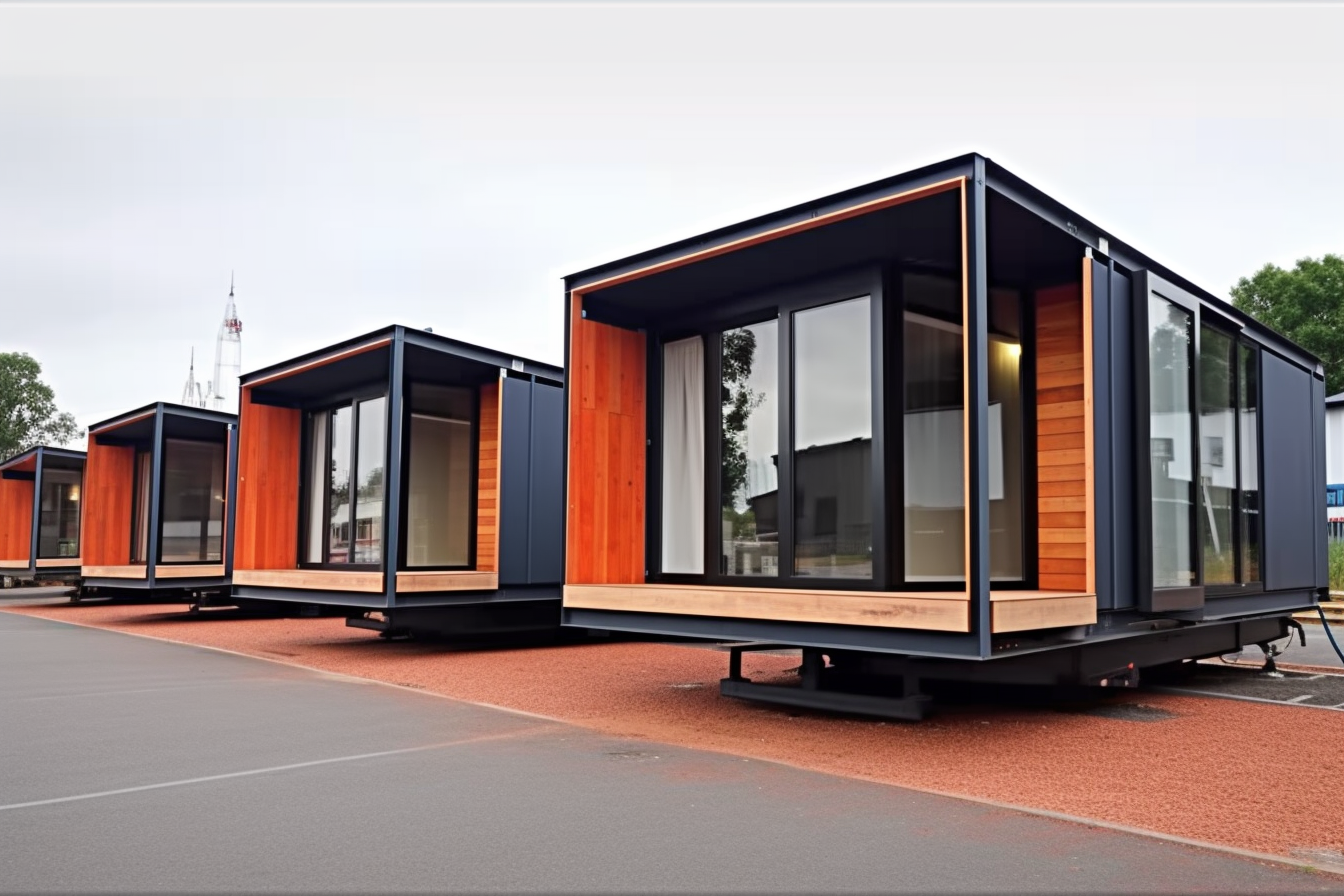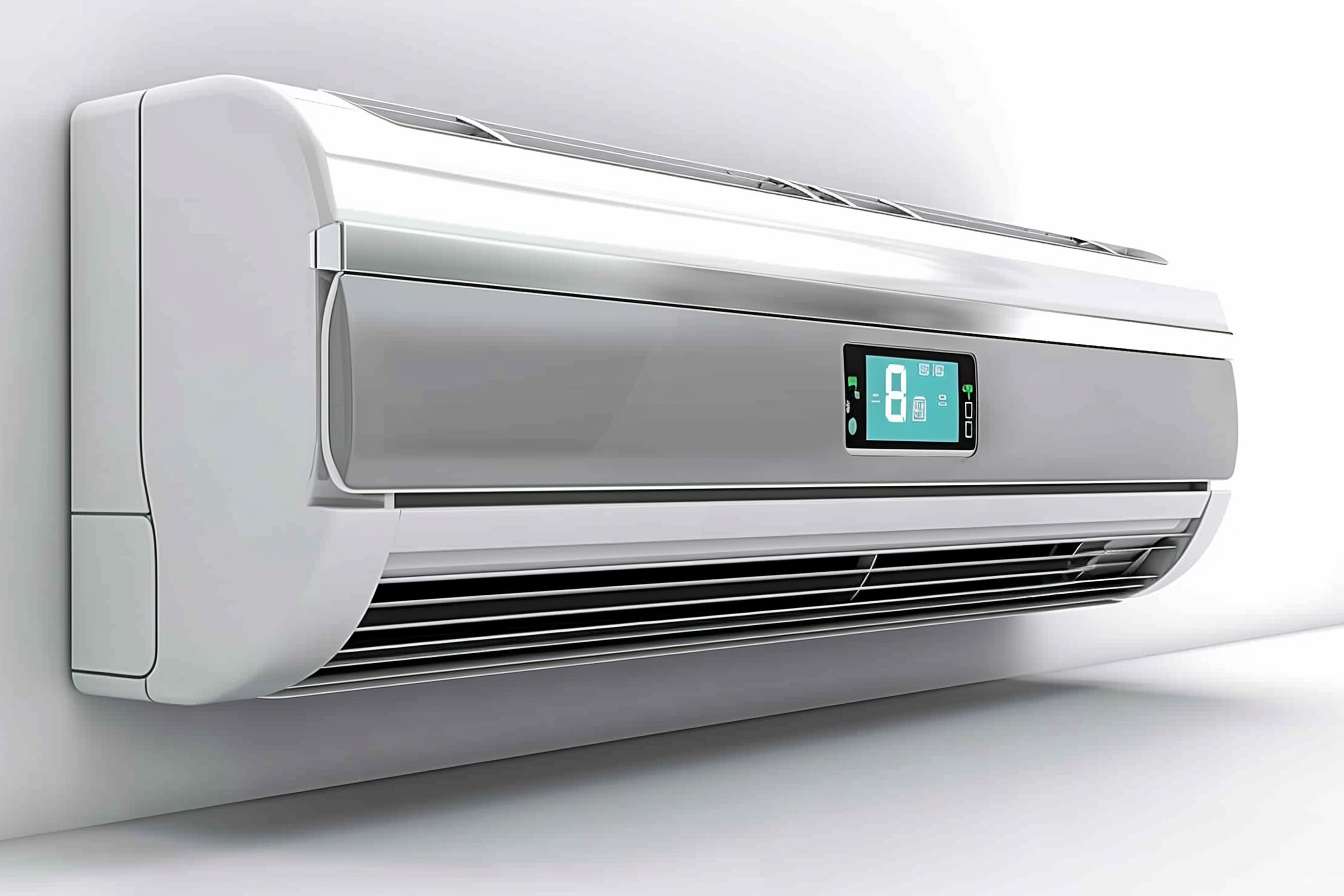Prefab Homes: Modern, Affordable, and Customizable Living
Prefabricated homes—ranging from upcycled shipping container dwellings to factory-built modular houses—are reshaping residential design. Discover how prefab construction delivers faster build times, predictable costs, eco-friendly options, and flexible customization, making it an attractive choice for modern homeowners looking for affordable, sustainable, and adaptable living solutions.

Prefabricated housing has moved from niche experiment to mainstream option, offering alternatives that combine speed, cost control, and design flexibility. From compact container conversions to fully finished modular residences, prefab solutions provide new ways to approach homeownership while addressing environmental and budget concerns.
How container homes fit into the prefabricated market
Container homes form a distinctive branch of prefab housing by repurposing steel shipping containers as the structural backbone. These containers already provide a durable, weather-resistant shell, which designers modify to create comfortable interiors. Because they reuse existing materials, container builds appeal to buyers looking for a greener footprint. The standardized dimensions of containers also support a modular approach to planning: single-unit tiny houses, stacked or linked multi-container layouts, and even expansive multi-container estates are all possible. Creative cladding, insulation upgrades, and smart layout planning overcome the thermal and acoustic challenges inherent to metal structures, resulting in livable, attractive homes.
The advantages of modular construction
Modular homes are manufactured as discrete sections in a factory and then transported to the site for assembly. Building in a controlled environment improves quality control, reduces exposure to weather delays, and enables tighter tolerances than many on-site builds. Because many trades work concurrently in the factory, modular projects typically finish faster than traditional construction, often trimming weeks or months from the timeline. The factory process also tends to generate less waste and enables efficient energy- and material-use strategies, which can improve the long-term sustainability of the final home. Finally, modular systems offer considerable design flexibility: modules can be combined in different configurations to create a variety of floor plans and aesthetic outcomes.
Prefab versus traditional site-built homes
When weighing prefabricated homes against conventional builds, several trade-offs emerge. Prefab options generally deliver shorter, more predictable construction schedules and lower labor costs since much of the work happens off-site. This predictability can translate into more accurate budgeting and reduced financing costs. On the other hand, site-built homes offer broader scope for on-the-spot customization, where a builder can make design changes during construction more easily. Local permitting, foundation needs, and site-specific challenges may influence which route is simpler in a given locale. For many buyers, the decision depends on priorities: speed and consistency versus ultimate flexibility in on-site modifications.
Cost implications and typical price ranges
Costs for prefabricated homes vary widely depending on type, scale, finish level, and customization. Generally, prefab choices often result in lower labor expenses and faster completion, which can make them more affordable than comparable site-built homes. That said, buyers must account for extras such as land acquisition, site preparation, foundations, utility hookups, and transportation costs for delivered modules or containers. Below are typical price bands for common prefab types to give a sense of relative costs.
| Type of Prefab Home | Average Cost Range (USD) | Key Features |
|---|---|---|
| Container Home | $30,000 - $200,000 | Eco-friendly, compact, highly customizable |
| Modular Home | $100,000 - $300,000 | Quick assembly, energy-efficient, flexible designs |
| Panel-Built Home | $150,000 - $400,000 | High insulation, rapid construction, customizable floor plans |
Prices, rates, or cost estimates mentioned in this article are based on the latest available information but may change over time. Independent research is advised before making financial decisions.
How to choose the right prefabricated home
Selecting the best prefab option starts with clarifying budget and space needs. Identify the square footage and number of rooms you require, then match those needs to available prefab styles. Research manufacturers and builders for reputation, build quality, lead times, and available customizations. Request detailed specifications and references, and review completed projects in person if possible.
Site conditions are another crucial factor. Soil type, slope, climate, and access for delivery trucks will influence whether a container, modular, or panel-built approach makes the most sense. Verify local building codes, zoning rules, and any homeowner association guidelines that might limit prefab installations. Also account for the cost and logistics of preparing the site, connecting utilities, and installing foundations.
Think about future needs as well. Some prefab systems are designed for easier expansion or reconfiguration, which can be a major advantage for growing families or changing lifestyles. Choosing durable materials and energy-efficient systems up front can reduce operating costs over time and increase resale value.
Looking ahead: the future of prefabricated housing
As construction technology advances, prefab homes are likely to become even more sophisticated, sustainable, and affordable. Innovations in materials, better insulation solutions, and streamlined logistics are addressing past limitations, while architects and manufacturers continue to push design boundaries. For many homeowners, prefabricated homes present an opportunity to secure a modern, energy-conscious dwelling more quickly and with fewer surprise costs than traditional routes. With continued improvements in quality and regulatory familiarity, prefab housing is poised to play a growing role in meeting diverse housing needs worldwide.






